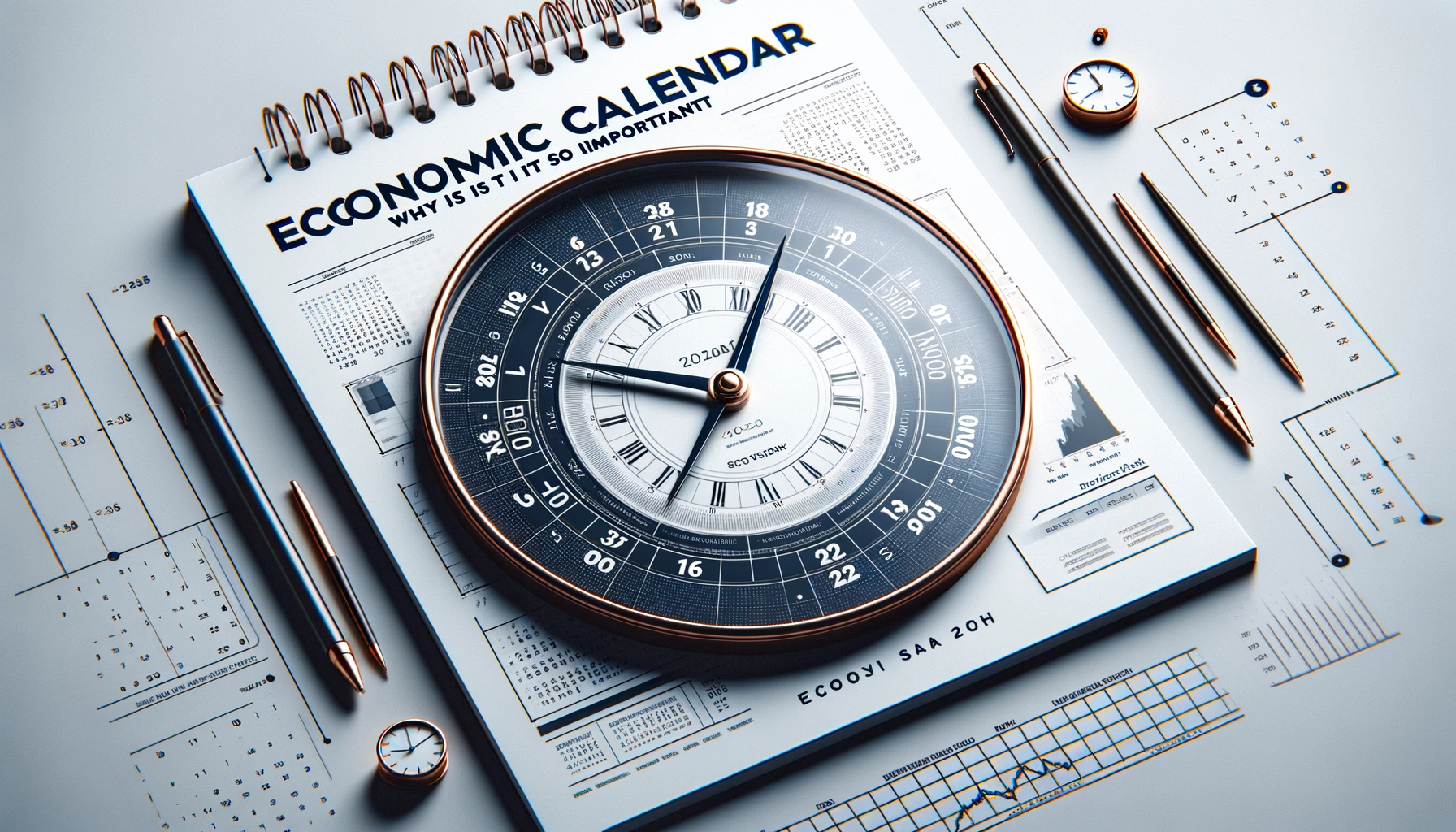For anyone involved in forex trading or investing, understanding the significance of the economic calendar is crucial. It provides a schedule of economic events and data releases that can impact the financial markets. But why is it so important? This article will delve into the importance of the economic calendar, how it works, and how traders and investors can use it to their advantage.
Understanding the Economic Calendar
The economic calendar is a tool that lists upcoming economic events, data releases, and announcements from around the world. These events include GDP reports, employment figures, inflation data, central bank meetings, and other key indicators that influence market movements. The calendar helps traders and investors stay informed about when these events will occur and anticipate their potential impact on the markets.
Key Features of an Economic Calendar
An economic calendar typically includes the following features:
- Event Name: The specific event or data release, such as Non-Farm Payrolls or GDP.
- Date and Time: When the event is scheduled to occur.
- Country: The country associated with the event.
- Importance Level: Indicates the potential impact of the event on the markets (e.g., low, medium, high).
- Previous Data: The previous value of the data being released.
- Forecast: The expected value based on analysts’ predictions.
- Actual Data: The actual value released, compared to the forecast.
Why is the Economic Calendar Important?
The calendar is vital for several reasons:
- Market Volatility: Economic events can cause significant volatility in the markets. Knowing when these events are scheduled allows traders to prepare and adjust their strategies accordingly.
- Informed Decision-Making: By staying updated with the economic calendar, traders can make informed decisions based on the latest economic data and trends. This helps them avoid unexpected market movements and plan their trades better.
- Risk Management: Understanding the timing of economic events enables traders to manage their risk more effectively. For example, they can choose to avoid entering new positions before a major data release or adjust their stop-loss orders to protect against potential adverse movements.
- Trend Analysis: Economic data releases provide insights into the health of an economy. Analyzing these trends over time can help traders identify potential opportunities and make more accurate predictions about future market movements.
How to Use the Economic Calendar
Using the calendar effectively involves several steps:
- Stay Informed: Regularly check the economic calendar to stay updated on upcoming events and data releases. Websites like Forex Factory and Investing.com provide comprehensive economic calendars.
- Analyze Impact: Understand the potential impact of each event on the markets. High-impact events, such as central bank meetings or major economic data releases, are more likely to cause significant volatility.
- Plan Trades: Use the economic calendar to plan your trades around key events. For example, you might choose to close positions before a high-impact event to avoid potential losses or open positions based on expected outcomes.
- Adjust Strategies: Be flexible and adjust your trading strategies based on the actual data released. If the data significantly deviates from expectations, be prepared to react quickly to capitalize on opportunities or mitigate risks.
Examples of Key Economic Events
Here are some key economic events commonly found on the economic calendar and their potential impact on the markets:
- Non-Farm Payrolls (NFP): Released monthly by the U.S. Bureau of Labor Statistics, NFP measures the number of jobs added or lost in the U.S. economy, excluding the agricultural sector. Significant deviations from expectations can cause substantial market volatility.
- Gross Domestic Product (GDP): GDP reports measure the overall economic output of a country. Strong GDP growth indicates a healthy economy, which can boost investor confidence and drive market gains.
- Consumer Price Index (CPI): CPI measures inflation by tracking changes in the prices of a basket of goods and services. High inflation can lead to interest rate hikes by central banks, affecting currency values.
- Central Bank Meetings: Decisions made by central banks, such as the Federal Reserve or the European Central Bank, regarding interest rates and monetary policy can have a profound impact on the markets. Traders closely monitor these meetings for any changes in policy direction.
The Role of Economic Calendars in Different Trading Strategies
Different trading strategies can benefit from using the economic calendar:
- Day Trading: Day traders rely on short-term market movements. They use the economic calendar to identify high-impact events that can create volatility and trading opportunities within a single day.
- Swing Trading: Swing traders hold positions for several days to weeks. They use the economic calendar to anticipate medium-term market trends and adjust their positions accordingly.
- Position Trading: Position traders focus on long-term trends and may hold positions for months or even years. They use the economic calendar to monitor key economic indicators and make informed decisions based on the overall health of the economy.
Conclusion
In a nutshell, the economic calendar is an indispensable tool for traders and investors. It helps them stay informed, manage risk, and make better trading decisions. By understanding the significance of economic events and using the calendar effectively, you can enhance your trading strategies and navigate the markets with greater confidence.


